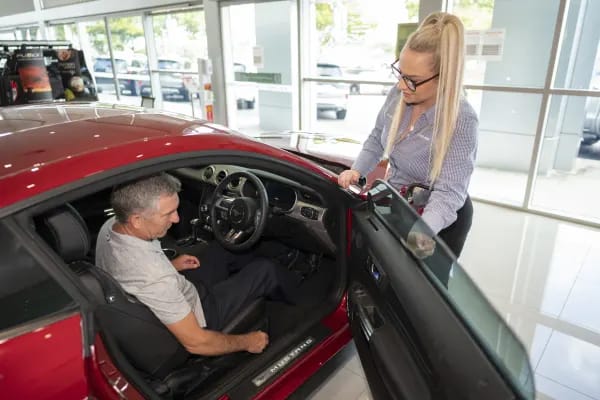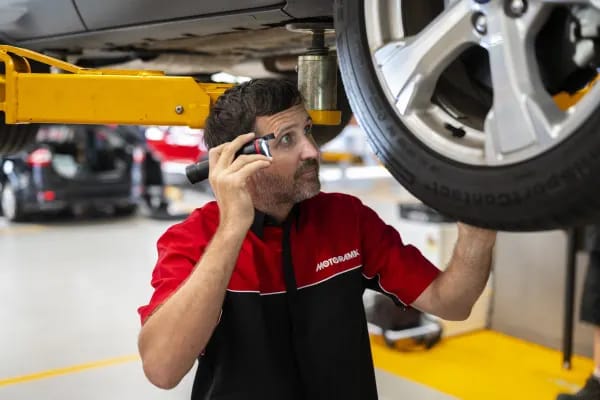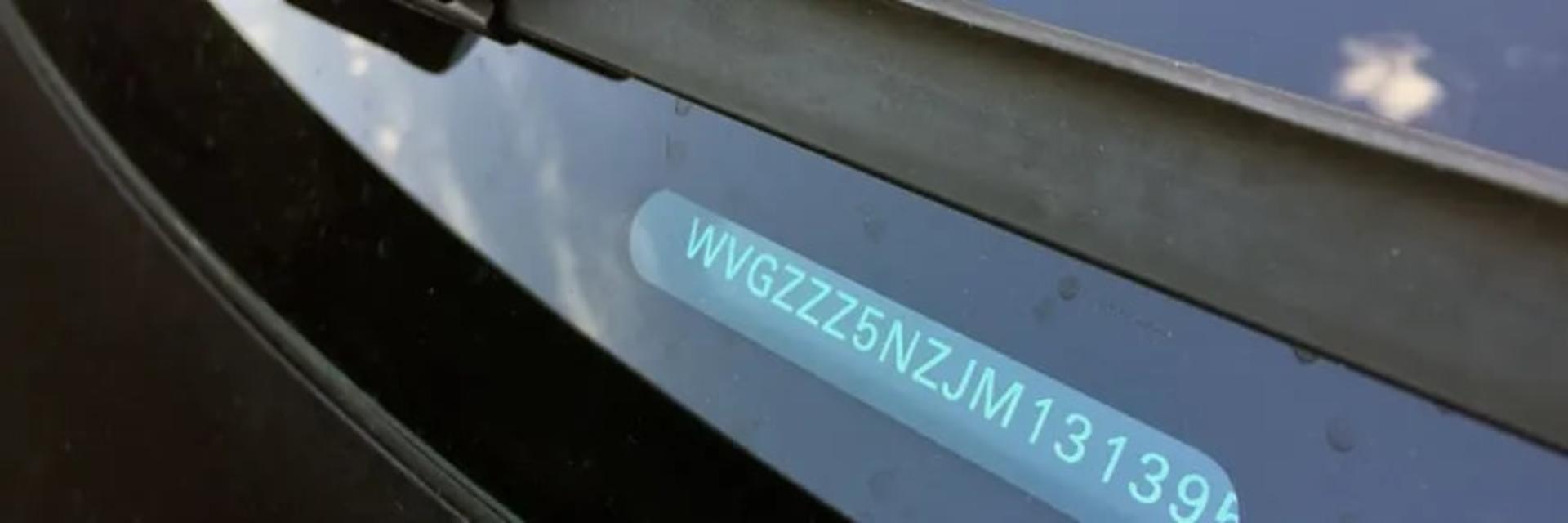
Model Year, Build and Compliance Date: What is What
Posted in Buyer Advice
Model Year, Build and Compliance Date: What is What
"Why is it so confusing?" is a question many customers ask when walking into one of our dealerships and get blasted with jargon. New car slang features in the majority of car advertisements, but what does it all mean?
Things like “MY18”, “build 20xx”, “compliance 20xx” or just plain old “20xx” all mean something different apparently and are all used regularly in the car buying arena. Understanding what they all mean is the first step to ensure that your car ownership gets off on the right foot.
Let’s understand what the difference is between Model Year, Build and Compliance Date.
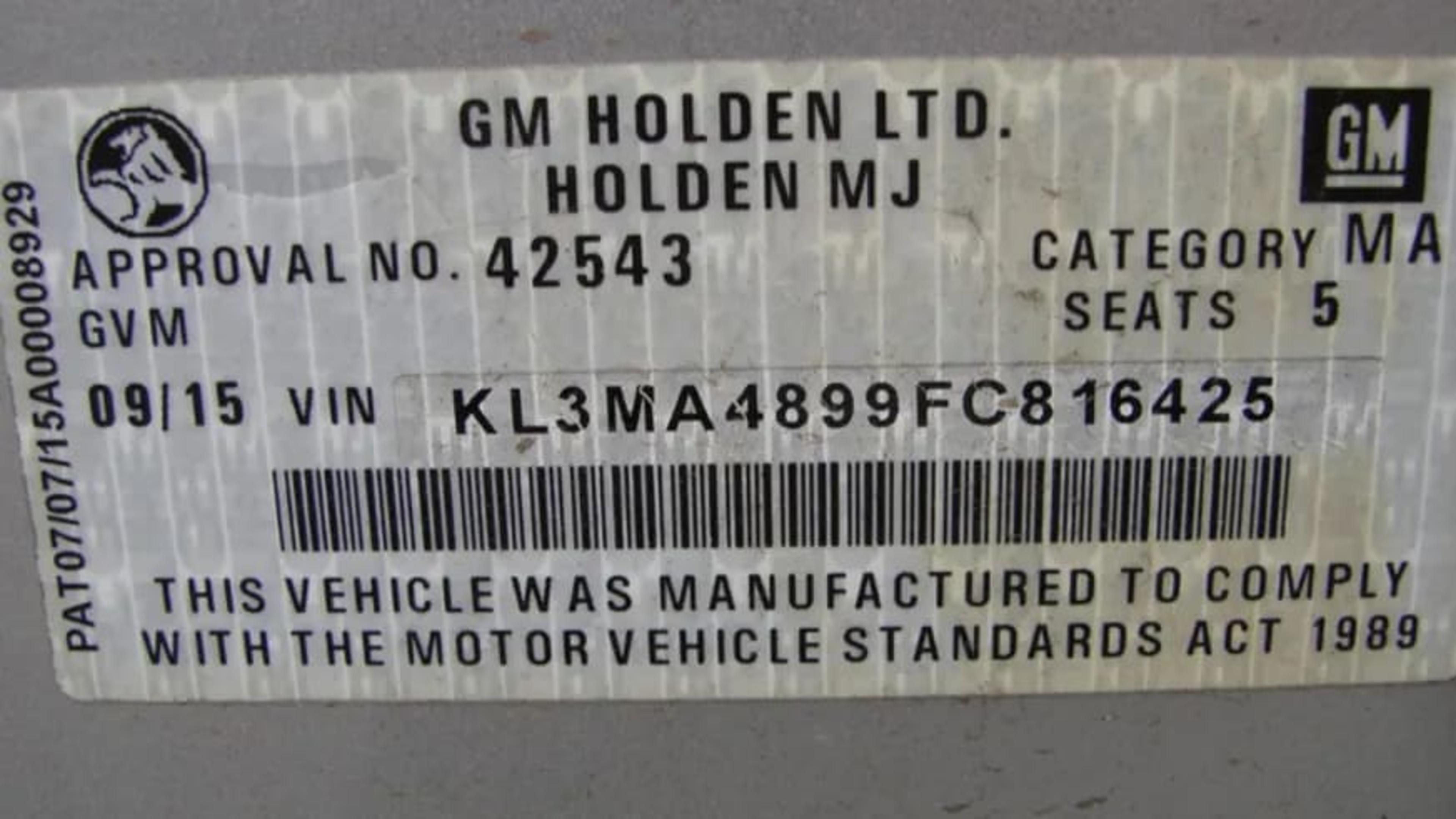
MY or Model Year (e.g. MY00)
Quite possibly the most commonly used acronym in vehicular sales is the MY moniker.
MY stands for Model Year and refers to the model cycle that the car is in, not essentially the year it was built. It is perfectly normal and acceptable to have a car that was built in 2017 but is labelled MY18 due to an update or revision of the model since the MY17 edition.
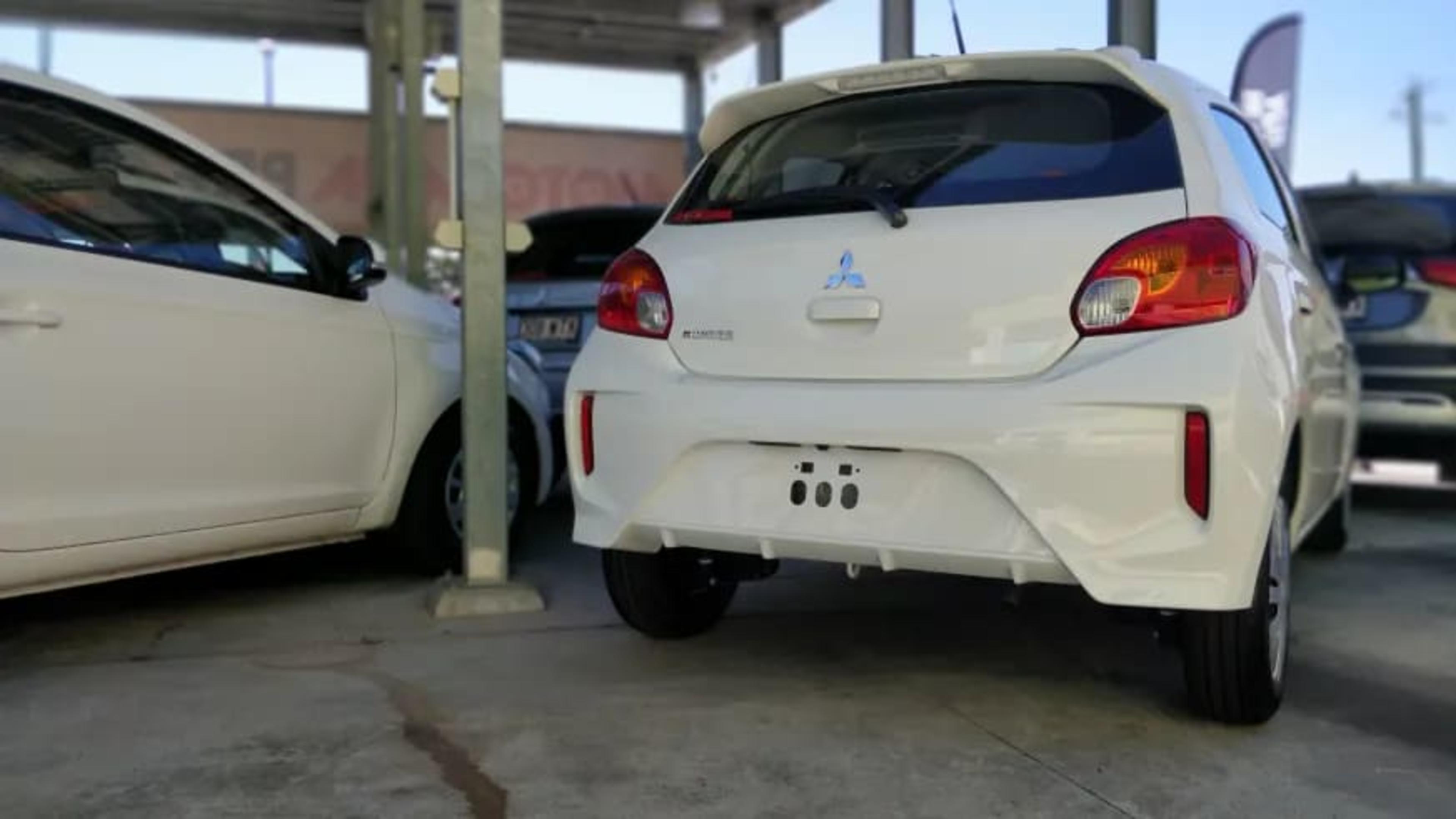
Build (e.g. Build 20XX)
This one is as simple as it sounds, with the build date of the car being the actual month and therefore year that it rolled of the production line at the factory.
For the majority of cars manufactured outside of Australia, it is quite common for the car to be built in one year (e.g. November 2017 or 11/2017) but not actually land ashore in Australia until the next year (e.g. May 2018, or 05/2018.)
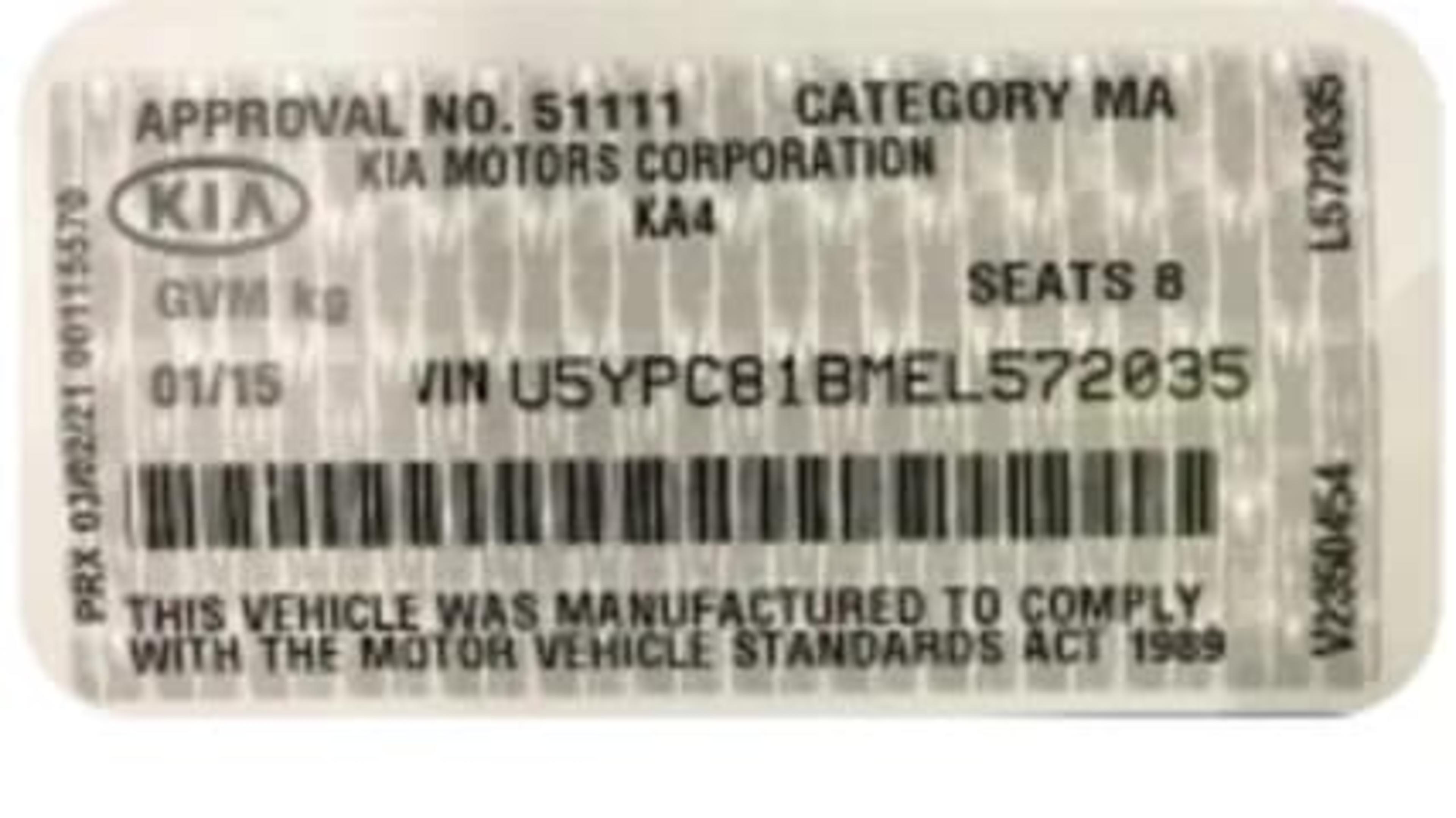
Compliance
Every model driving on Australian roads must be rigorously inspected and crash tested to be worthy of a compliance plate. This states that the car has met the requirements of the Australian Design Rules (ADRs).
The compliance plate used to be a quick indication to registration authorities that compliance with the ADRs has been demonstrated for the vehicle in question. As of the 1st of July 2021 however the need to actually fit road vehicles with identification plates containing compliance information has become redundant because the Register of Approved Vehicles (RAV) was introduced. The RAV is a public online database of vehicles that have met the requirements of the RVSA and been approved for provision to the Australian market.
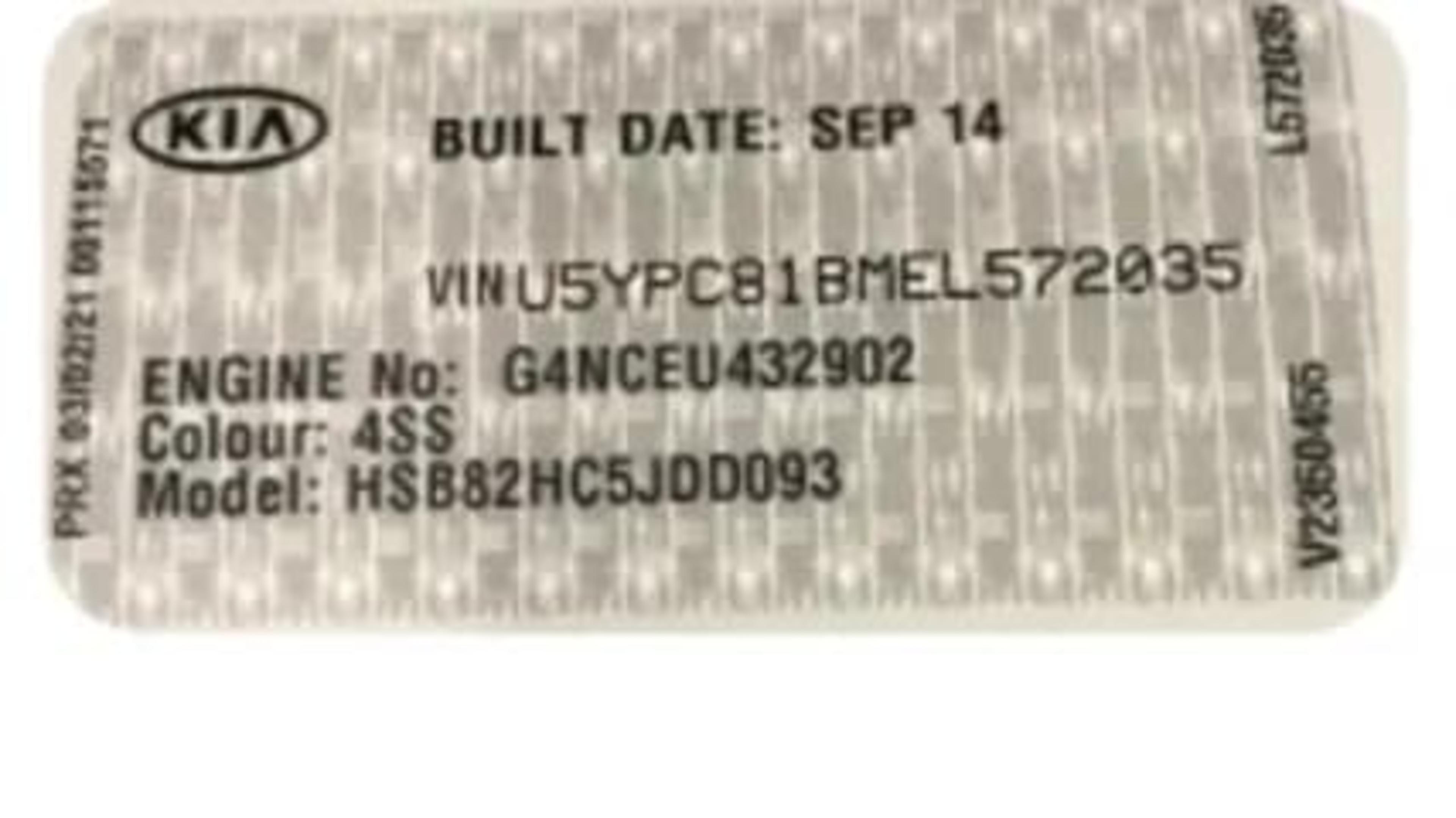
When an internationally manufactured car had reached our shores it previously had to be fitted with a compliance plate before it is able to be driven on the road. Now this all happens online. Because fitting the car with a compliance plate before the use of the RAV could be done within one year, even if the car arrived in the final months of the previous year, or was built in the previous year, the date on the compliance plate could be different than the build date. The same applies for locally manufactured vehicles.
There are certain vehicles that do not have to comply with the ADRs and be fitted with a compliance plate but these are exceptions and you should get the advice of an appropriate authority before buying such a car.
The Name (e.g. 20XX Model Name)
The year of the car can be a somewhat ambiguous term, for example, a “2018 Camry” could technically be built in 2018, or complied in 2018 or be a MY18 car. However, for the most part the year of the car will refer to the year it was manufactured, so our example 2018 Camry would be a car built at some point during 2018. This is usually the case when selling the car privately as well – you shouldn’t be finding previous year build cars advertised as current years models, just because they were complied in the current year.
Vehicle Identification Number (VIN)
The model year can also be found in the car's Vehicle Identification Number (VIN). The VIN serves as the car's fingerprint, as no two vehicles in operation have the same VIN. A VIN is composed of 17 characters (digits and capital letters) that act as a unique identifier for the vehicle. A VIN displays the car's unique features, specifications and manufacturer. The VIN can be used to track recalls, registrations, warranty claims, thefts and insurance coverage.
The VIN can be found by looking at the dashboard on the driver's side of the vehicle. The easiest way to view it is to stand outside the vehicle on the driver's side and look at the corner of the dashboard where it meets the windshield. If the VIN cannot be found there, open the driver's side door and look at the door post (where the door latches when it is closed). It is likely that the VIN will also be displayed in this location.
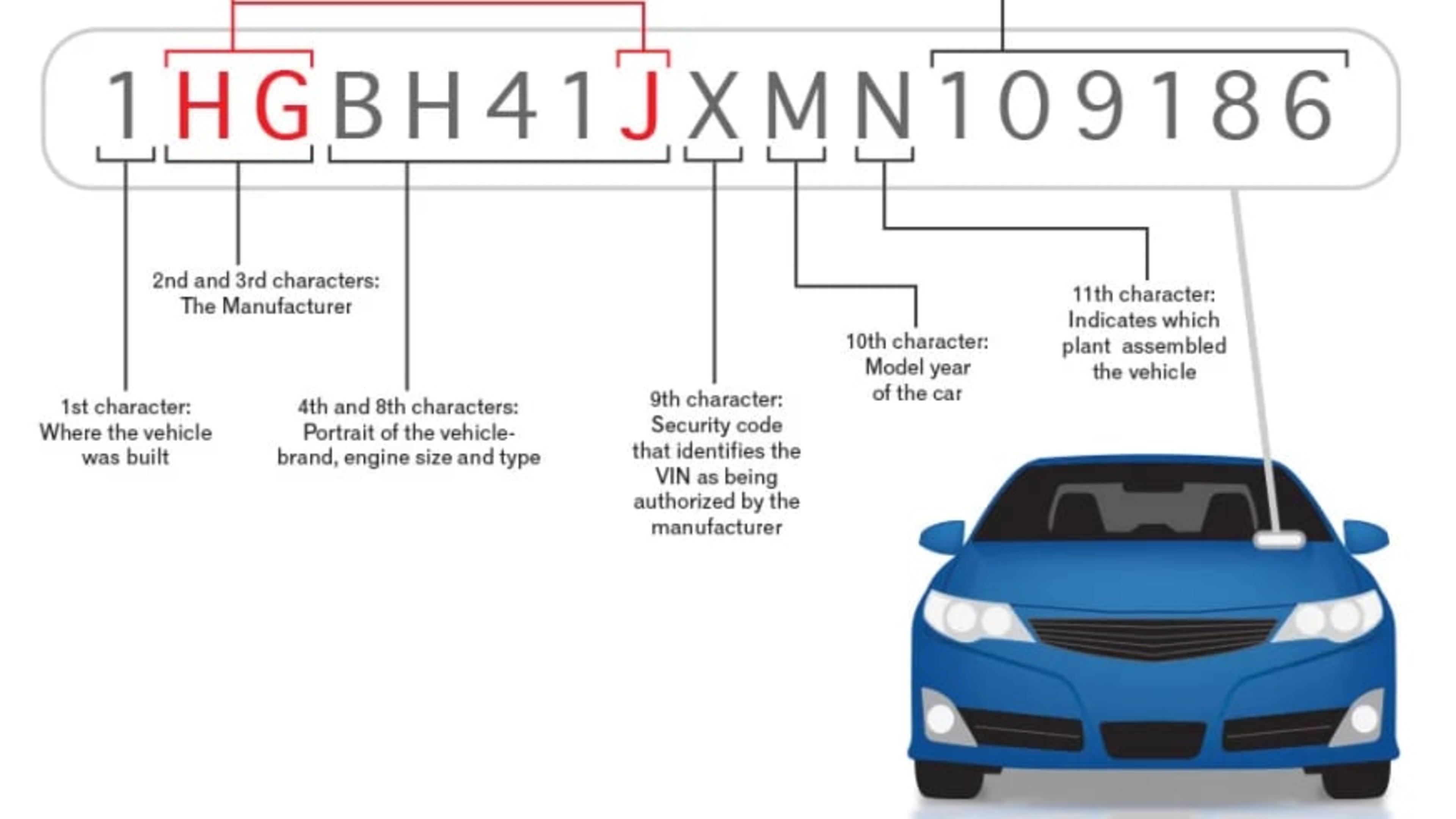
If you are still confused, make sure you talk to the friendly sales team at your nearest Motorama dealership to clarify exactly what model year or build date the vehicle is so you are crystal clear.

